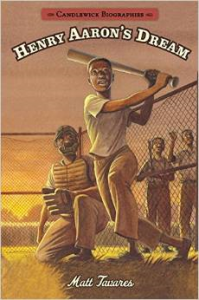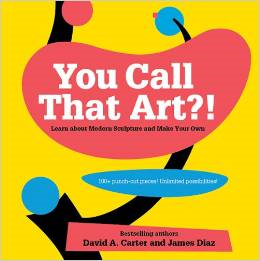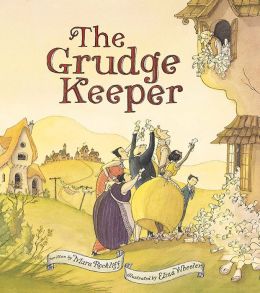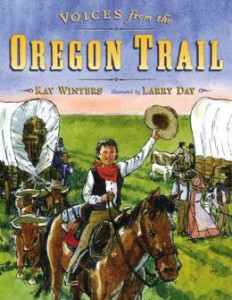Written by Marianne Berkes
Illustrated by Jill Dubin
Marianne Berkes continues her great series with this book that introduces 20 different animals that live on ten different mountain ranges on seven different continents of the world. This book will make teaching geography fun and easily fulfills the core curriculum standards for elementary literacy skills, math, and geography. It will be a wonderful addition to your school, classroom or home library.
Readers can count the animal babies, and read the numeral on the page, or vice versa. Likewise, they will enjoy the natural rhymes of the story and sing a song they already know with different words. Besides all that, they can identify the continents and animals that live on each. The cut paper illustrations are realistic enough to jump right into. Readers of all ages will be tempted to make their own cut paper illustrations.
This is a book that just keeps on giving. The end pages have tips from the author as well as tips from the illustrator so readers can try out the techniques on their own. That is on top of all the added detailed information about the animals included in the book.
A particularly helpful section in the end pages deals with what parts of the book are facts and which fiction. These are decisions always difficult for young readers to distinguish on their own.
Facts about mountains and suggestions about how to compare and contrast are added benefits as well as suggestions for further reading.
While the youngest readers might not grasp everything in the end pages, older students will soak up everything this book has to offer.
 Title: Over On A Mountain
Title: Over On A Mountain- Author: Marianne Berkes
- Illustrator: Jill Dubin
- Publisher: Dawn Publications, March 1, 2015
- Reviewer: Elizabeth Swartz
- Format: paperback/32pgs
- ISBN: 978-1584695196
- Genre: picture book
- Grade level: Preschool to 4
- Extras: Tips from the author, tips from the illustrator, fact or fiction, mountain facts, compare and contrast. More books related









